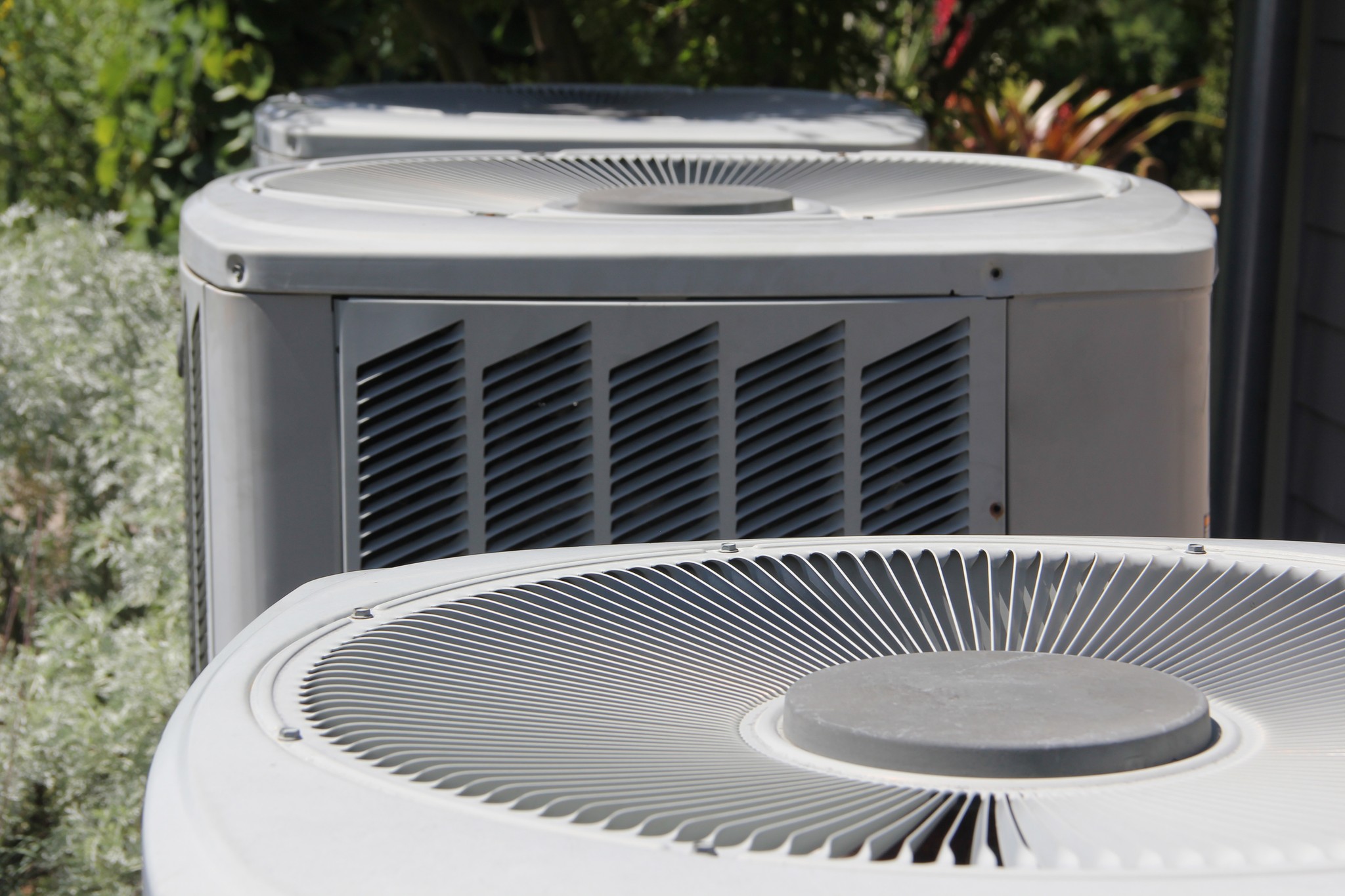People use furnaces to heat their homes. They are the cornerstone of the modern home heating system to heat a building effectively and quickly. When you happen to have a furnace, you know that you are going to be warm during the colder periods. However, if you ever find yourself needing to call upon HVAC services in Toronto due to furnace malfunction, you can save the company a bit of effort if you can tell them whether your furnace is a single-stage unit or a two-stage one.
Single-Stage vs. Two-Stage Furnaces
The single-stage furnace is a traditional design that heats the house with a single source of heat. These furnaces are very easy to install and operate. The heat is supplied by one primary burner. On the other hand, the two-stage furnace has more features than most single-stage furnaces. Instead of heating a house with a single heat source, it uses air and fuel to produce heat. Besides, it has a two-stage gas valve and a variable-speed blower motor. While this type of furnace is more efficient than a direct-fired single-stage system, it is also more expensive.
Knowing The Differences
Single-Stage
As you might expect, a single-stage furnace is one that only has one temperature setting. This single-stage nature means that your heating is reduced to a binary state; you either have the heat on or you do not. Single-stage units tend to be noisy from a combination of running at a high speed and pumping out hot air at a high velocity. Understandably, you can also find this sort of unit being marketed as a "single-speed" furnace.
Two-Stage
These sorts of furnaces have more settings than 0% and 100%, so to speak. Generally speaking, homes with a two-stage furnace can go to 0%, 50%, and 100%. More specifically, you run it at its first settings, the 50% power one, to maintain a general level of warmth within a building; when the temperatures begin to plummet to unpleasant depths, the furnace can be shifted into full power to compensate for the chilly environment.
One major benefit of these types of furnaces is that they contribute to fewer fluctuations in temperature than a single-speed furnace as you move from room to room. By running the device at less than full power, you get to enjoy a quieter home without experiencing palpable blasts of heat or sacrificing warmth in the process.
This type of furnace uses several instruments and gauges of the temperature and transmits this data to its output. In short, a modulating furnace is more of a self-governed dial instead of having two or three static power settings. While this sort of furnace can be more fiddly than the other two, the main benefit is that you never have to worry about operating the furnace on your own; you simply leave everything to the computers.
The two types of furnaces are great ways to heat your home. These furnaces have advantages and disadvantages, but they are both great products and will give you many years of efficient heating. Whether you go with a single-stage or two-stage system will depend on your budget, your home's size, and your willingness to invest in future repairs. Contact A-Plus Quality to choose the best option for your house!
Are you a loyalty program member of A-Plus Quality? Just for reading our blog post today, we would like to give you 1000 bonus points, add them to your account with the code: AP22FEB1. Not a member? Don't worry, sign up and start earning points today. New members receive a free $50 welcome gift! Do not miss the opportunity to get more points, check out our Facebook and Instagram for more codes.



